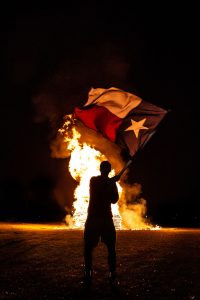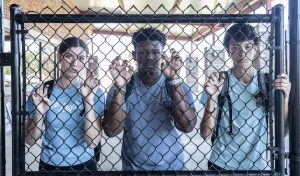-Adolf Hitler was not a native German. He was born and lived in Austria until he was 24.-The world’s deadliest sniper, with 505 confirmed kills, is Simo Häyhä (a.k.a. The White Death), a Finnish farmer who took up the rifle to defend his country from Soviet invaders in the Winter War of 1939-40. Despite the fact that he had only bare-bones military training, stood only at a diminutive 5’3’’ tall, and had vastly inferior equipment, he was able to survive numerous Soviet attempts to kill him, including artillery strikes and an exploding bullet to the jaw. He died in 2002 at age 96.
-We’ve all heard the phrase “_____ is the biggest thing since sliced bread,” but what exactly makes sliced bread so special? It was invented in 1927 by an American jeweller named Otto Rohwedder who had spent ten years attempting to construct a working bread-slicing machine. He applied for a patent shortly after and the rest is history.
-Pirates never actually made anyone walk the plank. There is no historical evidence for this practice, and, when you think about it, it’s far easier to just shoot people.
-Amphetamine, commonly known as speed, was distributed among British, German, and American troops during World War II on the grounds that the “go pills,” as they were called by the American soldiers, improved alertness and decreased fatigue.
-Until the early 20th Century, boys in Europe and North America wore dresses and did not cut their hair until they were around 6 years old.
-Andrew Johnson, Lincoln’s successor, showed up drunk to his own inauguration. He staggered up to the podium, accused Congress of being decadent aristocrats who oppressed plebeians like him, kissed the Bible, and then staggered away.
-Vladimir Ilich Lenin’s real name is actually Vladimir Ilich Ulyanov. He adopted the pseudonym Lenin in order to protect himself from government prosecution due to his more controversial writings.























